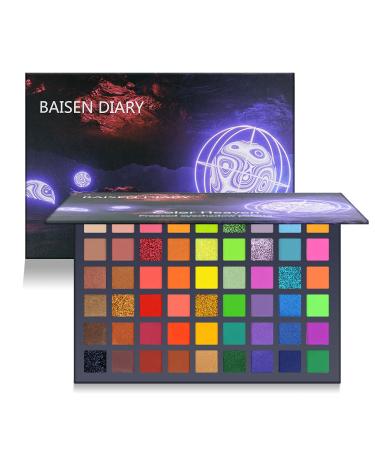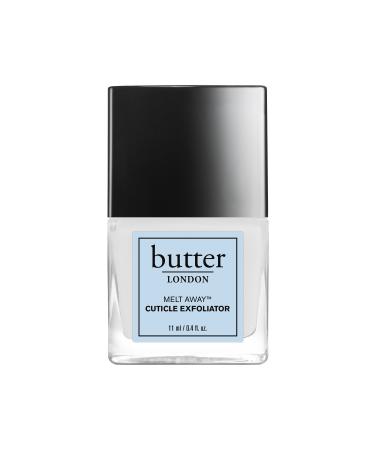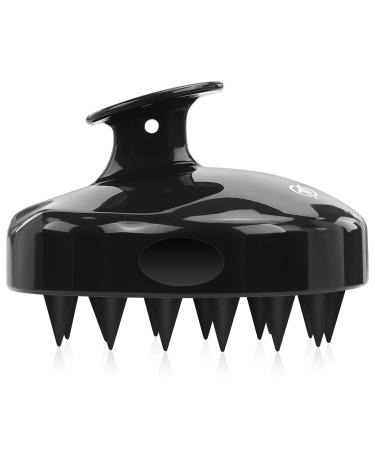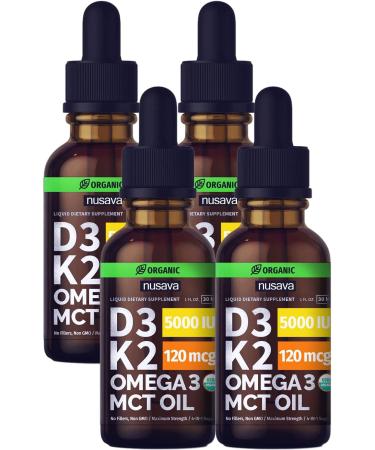
How to choose the suitable eyeshadow color?
If you want to emphasize eye contours and add depth, choose eyeshadow colors that contrast with your natural eye color, such as darker shades.
If you aim to create a soft gradient effect, select eyeshadows within the same color family but varying in depth for blending.
For Different Skin Tones:
For light skin tones: Soft pinks, light browns, and subtle shades of lavender or baby blue eyeshadows usually create a natural and gentle effect.
For medium skin tones: Warm tones like browns, olive, and gold would work well, while cooler tones like greys and silvers can also be experimented with.
For dark skin tones: Dark and vibrant colors tend to stand out more, such as deep purples, rich browns, metallic shades, etc., while lighter eyeshadows may appear less pronounced.
For Different Color Pupils:
Blue pupils - brown, gold, and purple eyeshadows often create a striking contrast, making the eyes appear brighter. Orange and pink can also be options as they complement the depth of blue eyes.
Brown pupils - can opt for shades of brown, gray, and green eyeshadows. These tones accentuate the warmth of brown eyes and enhance their depth. Additionally, gold and teal are excellent choices.
Green pupils - can be highlighted with purple, brown, and green eyeshadows, which make the eyes appear brighter. Gold and orange can also add some color dimension.
Gray or mixed color pupils - various shades of eyeshadows including gray, brown, purple, and green can be tried. These colors complement gray or mixed color pupils, creating captivating effects.








![Stewart Freeze Dried Dog Treats Made in USA [Single Ingredient Puppy and Dog Training Treats - Grain Free Natural Dog Treats] Resealable Tub to Preserve Freshness](https://www.gosupps.com/media/catalog/product/cache/25/small_image/375x450/9df78eab33525d08d6e5fb8d27136e95/6/1/61gwbbixarl._ac_sl1500_.jpg)







